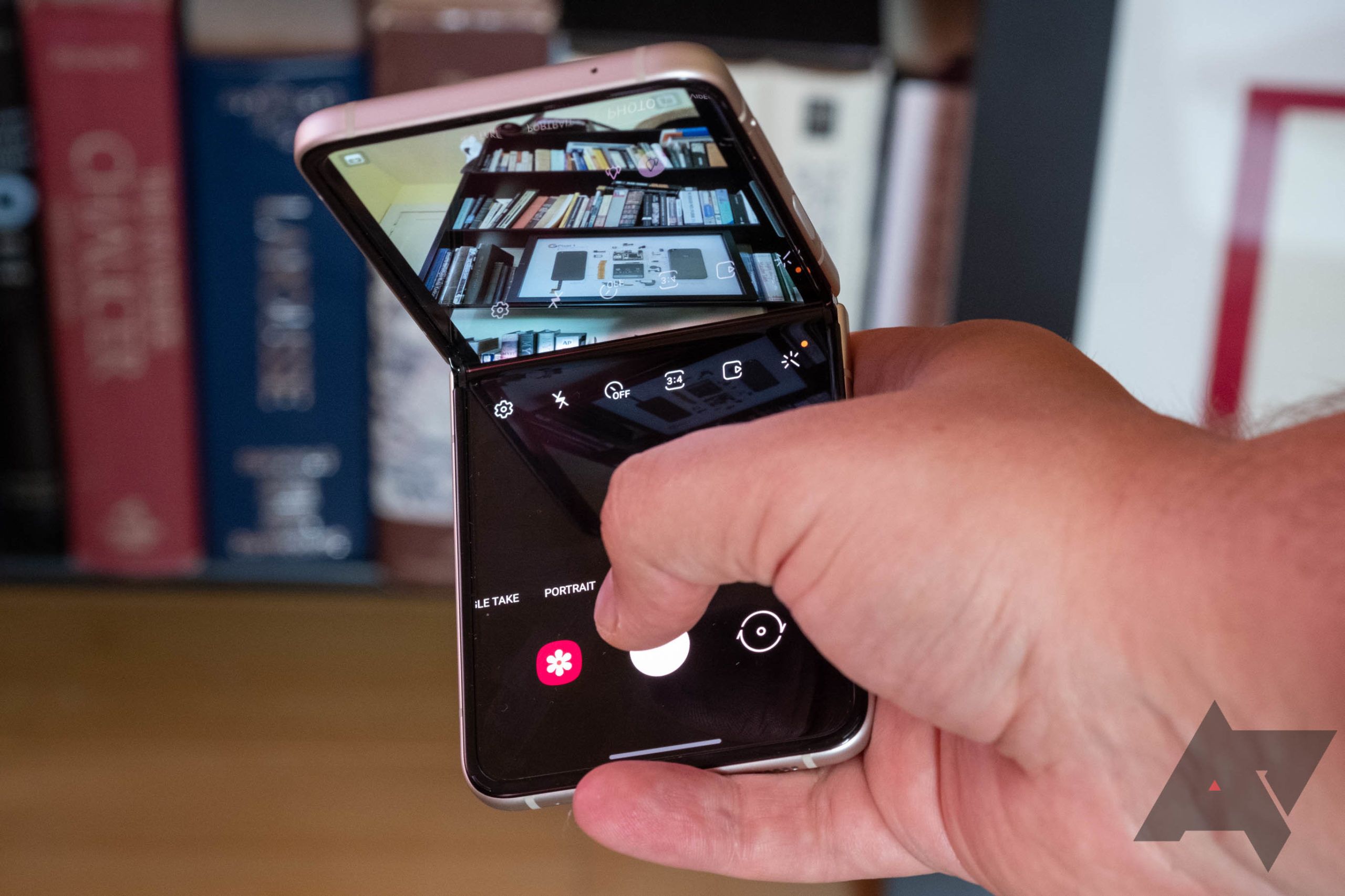Photographers can be pretty tech-obsessed. Once you're intimately familiar with the effects that different hardware and changes have, you can visualize how minor improvements could manifest in photos. But even the most seasoned shutterbugs will tell you that, beyond all the specs and gadgets, the most important thing is to have a camera with you and to use it well. And that's why, even though Pixels are my favorite cameras, I really like using folding phones like the Samsung Galaxy Z Fold 4 and Galaxy Z Flip 4 for photos.
I know that sounds a little weird—explicitly choosing a tool that captures worse-quality results over one that takes excellent photos—but it makes sense. That's because the hard part of taking a photo is taking the photo. Sometimes that's just in terms of being there, having the gear, and timing the shot. Still, sometimes there can be other impediments to getting precisely the photo you want.
I don't see myself as a "pro" photographer, but I've learned a few things over the years, and I can usually visualize what sort of settings or angle are needed to capture a shot. I'm not experienced enough that I can be sure a given photo be perfect on the first try. However, I've gone from stumbling through the dark with mostly automatic settings to knowing when and how to adjust them to get a better image, including the angle and focal length I should be at. Unfortunately, I have a bad back and some neurological problems that make it tough to get the right angle. Crouching down or striking a specific pose to get the shot can sometimes be a little more work than I'm prepared for.
The thing I like about foldables when it comes to photography is the inherent advantage of their form factor: they're bendy. You can twist and point the camera at an angle different from what you're facing. That extra flexibility means you don't have to shoot a photo the "normal" way, facing your subject from the angle and height you need to capture the image you want.
Instead, you can look down while shooting from a nice low angle or look forward while shooting up, or capture any number of other angles without putting your body behind the camera. Sure, you can shoot blind, which I sometimes have to do with my mirrorless to get the shot I want, but that's not necessary here. With that bendy screen, the preview can be displayed on the portion of the phone that you can see.
It can sometimes be a little difficult for me to crouch down to fire off a shot with a wide field of view from a low angle, but it's a lot easier to reach down with one hand, see the preview looking up at me, and tap the shutter button. And if I need to steady the camera, with most phones that means finding a surface and just sort of pressing part of the phone against it to extract as much stability as possible.
A folding phone essentially has its own built-in tripod. Just twist the phone to get the angle you need, set it down, and tap the shutter. Paired with a timer, you can get a better-quality selfie without a tripod or handing your expensive phone to a stranger.
Even though I have (too many) expensive cameras, I enjoy taking photos with my phone—any phone. Sure, the results might not rival what I can capture on my fancy Fuji and Sony bodies. I'll never be able to get the quality I want at higher focal lengths or "zoom" factors, and there's a lot less flexibility available in post-processing. But the convenience is a serious benefit, and a phone can be a lot more fun to just point and shoot with, letting you enjoy the process and allowing you to focus on important things like composition and framing.
The flexibility of a folding phone further adds to that. If you know what sort of angle you want, but the pinch in your back is screaming about how awful of an idea that would be, a flexible phone offers flexible options and different ways to shoot. They say, "it's a poor workman that blames his tools," but I have found a folding phone to be handy in capturing photos a normal photo might cause my body some grief over—even if I sometimes have to work around Samsung's photo processing rather than with it. (I can't wait for a folding Pixel.)


